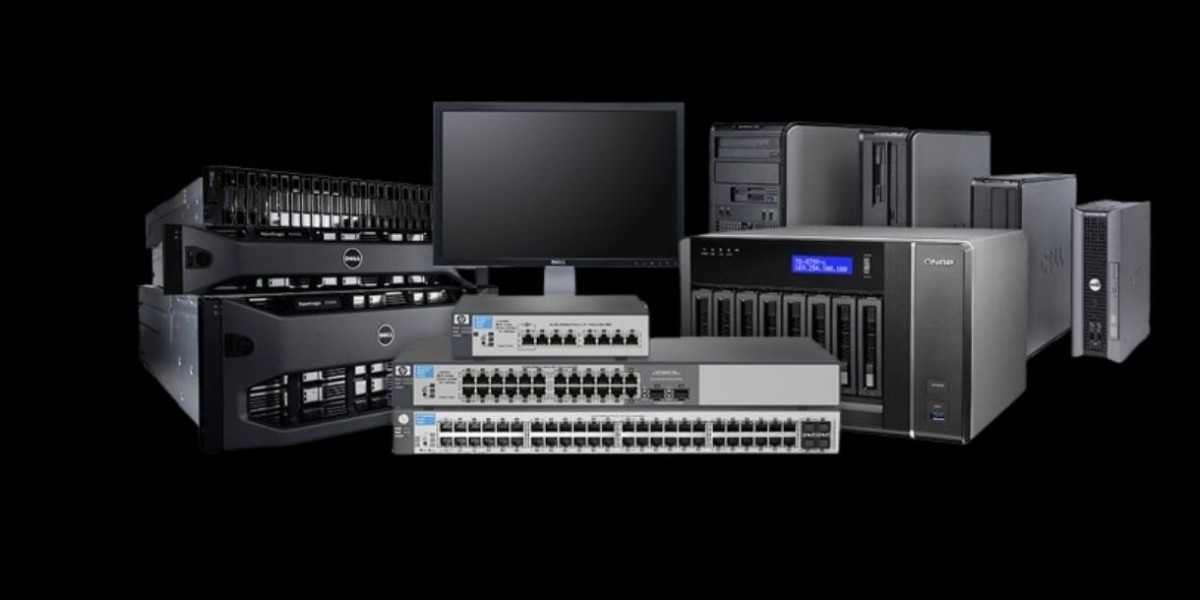In today’s increasingly connected world, reliable and widespread Wi-Fi coverage is essential for both homes and businesses. Whether you’re streaming video content, conducting video conferences, or managing smart devices, strong and consistent internet access is a must. This is where wireless access points (WAPs) come into play. Wireless access points are vital networking devices designed to extend and enhance your Wi-Fi coverage. In this post, we’ll explore the role of WAPs, how they work, and why they are essential for modern networking. We’ll also dive into some popular models like the Ubiquiti U6-PRO, U6-LR, and U6-MESH, while considering both indoor and outdoor wireless access points.
What is a Wireless Access Point (WAP)?
A wireless access point is a networking device that allows Wi-Fi devices, such as laptops, smartphones, and tablets, to connect to a wired network. It does this by creating a wireless local area network (WLAN) by bridging the gap between a wired Ethernet network and Wi-Fi-enabled devices. Unlike Wi-Fi routers that include routing functionality, access points are primarily designed to extend the reach of your Wi-Fi signal, providing better coverage over a wider area.
The Benefits of Wireless Access Points
- Expanded Coverage: One of the primary benefits of using a wireless access point is its ability to expand your network’s coverage area. In larger homes or offices where a single router might struggle to provide strong coverage, WAPs can eliminate Wi-Fi dead zones and ensure seamless connectivity.
- Improved Performance: Wireless access points allow more devices to connect simultaneously without overloading your router. This improves overall network performance, especially in environments with multiple users or high-bandwidth applications such as video streaming or online gaming.
- Flexible Deployment: Wireless access points offer flexibility in placement. You can strategically install them in locations where the Wi-Fi signal is weak or unavailable. For instance, outdoor wireless access points can extend your network beyond walls to outdoor areas like gardens, patios, or even larger outdoor spaces like schoolyards or parks.
- Support for Multiple Devices: Modern WAPs like the Ubiquiti U6-PRO or U6-LR are built to handle many simultaneous connections, making them ideal for high-density environments such as offices, hotels, or event venues. Whether indoors or outdoors, WAPs can ensure fast, stable, and consistent internet access for all connected devices.
Key Features to Look for in Wireless Access Points
When choosing the best wireless access point for your network, several factors are worth considering:
- Speed and Range: The range and speed of your WAP are crucial. Devices like the Ubiquiti U6-LR (Long-Range) are specifically designed to offer superior range, making them ideal for larger homes or businesses. For areas requiring ultra-fast speeds, the U6-PRO can deliver high-speed internet even in bandwidth-heavy environments
- Power over Ethernet (PoE): This feature simplifies installation by allowing the WAP to receive power and data through a single Ethernet cable. This is especially useful in places where power outlets are limited, such as ceilings or outdoor areas.
- Mesh Capabilities: Mesh networks are becoming increasingly popular. Devices like the U6-MESH allow you to create a seamless Wi-Fi network that covers your entire home or business without the need for multiple routers. Mesh access points work together to form a unified network, providing fast and consistent connectivity as you move between different areas.
- Outdoor Use: If you need to expand Wi-Fi coverage outdoors, consider an outdoor wireless access point. These devices are weatherproof and designed to function in harsh conditions, providing reliable internet access for outdoor spaces. They are ideal for large outdoor areas such as campuses, hotel courtyards, or large residential properties.
- Security Features: Look for WAPs that offer advanced security features to protect your network. Support for WPA3 encryption, guest network capabilities, and VLAN segmentation can help secure your network from unauthorized access.
- Bluetooth Access Points: Some wireless access points, including newer models, now support Bluetooth access points, allowing them to integrate with Bluetooth devices for proximity-based services. This is useful for retail businesses or facilities that use Bluetooth for asset tracking or customer engagement.
Popular Wireless Access Point Models
- Ubiquiti U6-PRO: Known for its high performance and modern design, the U6-PRO is ideal for homes and businesses that demand fast and reliable internet speeds. It supports the latest Wi-Fi 6 standard, which delivers faster speeds and improved efficiency, especially in high-density environments.
- Ubiquiti U6-LR: If range is your primary concern, the U6-LR is designed to provide long-range connectivity. It’s perfect for large spaces, delivering strong Wi-Fi signals to areas that are far from your main router.
- Ubiquiti U6-MESH: For those looking to set up a mesh network, the U6-MESH provides seamless connectivity across multiple access points. Whether indoors or outdoors, this WAP ensures uninterrupted Wi-Fi coverage throughout your space.
Conclusion
In today’s connected world, reliable Wi-Fi coverage is crucial, whether for homes, businesses, or outdoor spaces. Wireless access points play a vital role in expanding your network, improving performance, and ensuring seamless connectivity. With devices like the Ubiquiti U6-PRO, U6-LR, and U6-MESH, you can easily scale and enhance your Wi-Fi network to suit your specific needs. Whether you need strong indoor coverage or want to extend your network outdoors, choosing the right outdoor wireless access point can make all the difference.
When selecting the best wireless access point for your needs, consider features like speed, range, PoE support, and security to ensure a robust and reliable Wi-Fi network.



